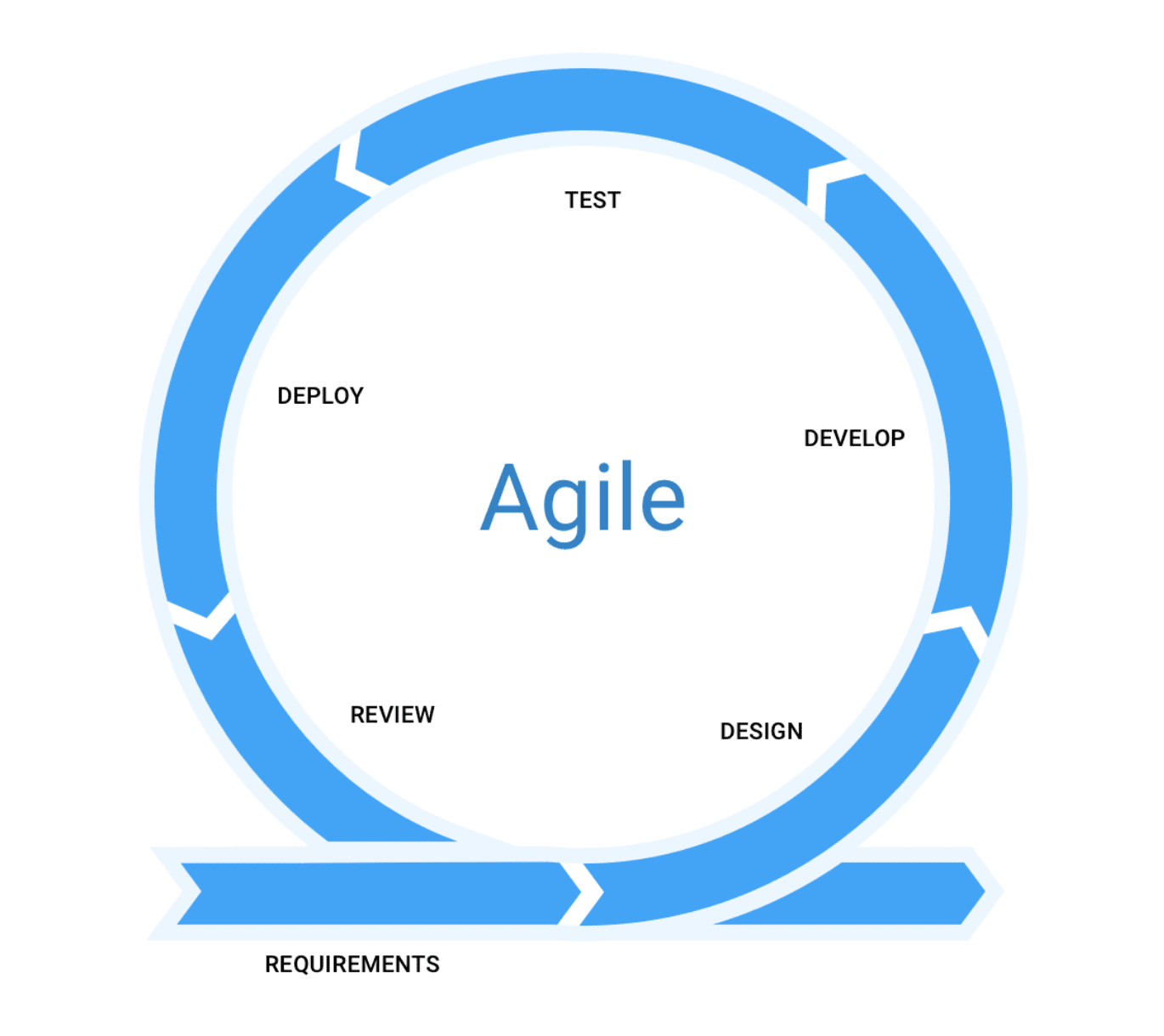Agile Style - Improving Item Growth for Faster Results
페이지 정보

본문
 Introduction
IntroductionAgile Style is transforming the method groups create, examination, and launch products. Integrating dexterous methodology with design reasoning, Agile Layout supplies a flexible and repetitive strategy that enables teams to react swiftly to market changes, incorporate customer comments, and continually boost item high quality. As businesses progressively go for a much faster time-to-market and a better customer experience, Agile Design has become an important approach.
What is Agile Layout?
At its core, Agile Style is the mix of active growth concepts with user-centered style methods. Unlike conventional techniques that depend on comprehensive upfront planning, Agile Layout motivates iterative cycles and fast responses. This framework focuses on producing user-focused services by adapting to comments throughout the growth process, reducing the danger of missed out on demands or late-stage changes. Agile Design eventually leads to a product that fulfills users' needs much more effectively.
Secret Principles of Agile Layout
User-Centric Technique: Agile Layout positions customers at the. By regularly testing and refining based on comments, developers guarantee the product lines up with real-world customer assumptions and needs.
Collaboration: Agile Design stresses team effort, breaking down silos and motivating close collaboration between developers, programmers, and stakeholders. This boosts communication and makes sure that each employee's insights educate style choices.
Iterative Advancement: Agile Style counts on iterative cycles-- short, concentrated sprints of work that result in fast prototypes and quick screening. This makes it possible for groups to determine and deal with problems early, boosting both rate and high quality.
Flexibility: Agile Layout adjusts to altering demands throughout the project. Teams prioritize adaptability, adjusting as customer needs develop or market conditions shift.
Benefits of Agile Design
Agile Style provides numerous crucial benefits. It accelerates time-to-market by producing room for fast changes, minimizes squandered resources, and lowers the threat of supplying a product that disappoints individual assumptions. Additionally, Agile Layout cultivates a culture of flexibility, making it less complicated for teams to pivot as brand-new understandings emerge.
Applying Agile Design
To apply Agile Design, beginning by breaking down the design process into sprints, establishing clear objectives for every phase. Foster a society of cross-functional partnership by encouraging communication between all included teams. Routinely examination styles with genuine individuals to ensure that the item stays aligned with developing demands.
Incorporating nimble approach with style thinking, Agile Style uses a flexible and repetitive method that allows teams to respond promptly to market changes, include individual responses, and continuously enhance product quality. At its core, Agile Style is the blend of dexterous advancement principles with user-centered design strategies. Agile Layout ultimately leads to a product that satisfies individuals' demands a lot more effectively.
To carry out Agile Style, begin by breaking down the style process into sprints, setting clear purposes for each stage.
- 이전글티비위키 ※링크모음※ 주소모음 성인 사이트순위 24.11.19
- 다음글20대 비아그라 후기 24.11.19
댓글목록
등록된 댓글이 없습니다.




